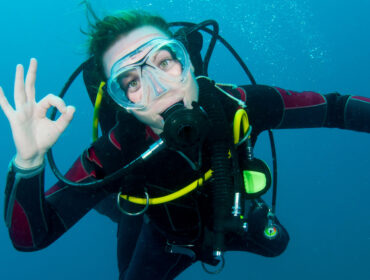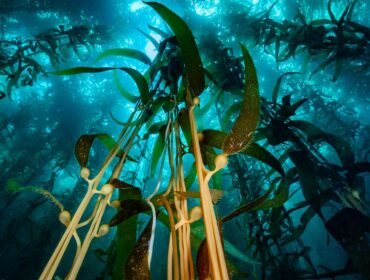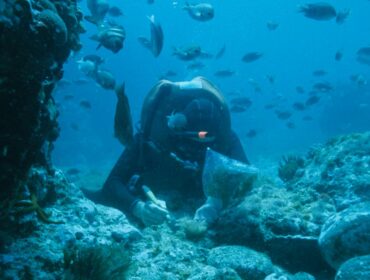Editor’s note: This is the second of a two-part series regarding the great debate roiling over captive cetaceans. Click here for yesterday’s arguments against the practice.
With the recent documentary Blackfish casting Sea World and the practice of keeping captive cetaceans such as orcas in a negative light, many animal-rights groups are calling for a mass release. Others want Sea World shut down entirely, while others are calling for legislation to ban the keeping of killer whales. However, proponents of retaining captive whales and dolphins see that solution as a short-sighted, knee-jerk reaction to propaganda. While many supporters often cite public education and awareness as a valid reason to keep cetaceans in captivity, here are five other arguments that come up in the fierce debate.
Cetaceans are family-oriented and live in pods.
In the ocean, orcas live in family groups called pods. Those who do not have a pod cannot join another at random. In captivity, orcas are kept with one or more others. If released, Sea World’s orcas will be forced into social isolation. For such intelligent creatures, this can be both cruel and deadly. Being forced to wander the ocean alone or with a single companion, avoiding other orcas, and being forced to hunt alone is seen by some as a fate even worse than captivity.
Many orcas have been bred in captivity.
Sea World has not captured a wild orca since the late 1970s. Their breeding program has produced dozens of calves, all of whom have lived their entire lives with human contact. They have no knowledge of how to hunt for themselves and have no reason to avoid humans. The idea of releasing captive-bred orcas into the wild could very well just lead to them being killed or recaptured because they have no fear and will approach boats.
Breed-and-release programs have failed spectacularly before.
Humans have attempted such programs with elephants, rhinos and other endangered species in the past. In many cases, the animals were poached or captured by others. This does nothing to preserve the species or protect it from extinction. A killer whale named Keiko, who was the star of the film Free Willy, was returned to the wild. He only lived another five years, dying from pneumonia. He never integrated with other orcas and spent his last years wandering the fjords of Norway alone. Were more killer whales to be released, similar results could be expected.
The ocean is highly polluted.
Orcas in captivity live in sparkling tanks. The temperature and salinity of the water is controlled. After decades of this, plunging these animals back into the oceans could likely be a death sentence. Orcas in the wild deal with floating garbage, spilled oil, the presence of fisheries and other dangers for which captive cetaceans will be entirely unprepared. The Fukishima Reactor in Japan is still leeching radiation into the sea as well. None of these factors bode well for released orcas.
There are ethical concerns regarding responsibility.
While some people believe that releasing captive-bred orcas is a necessity, many others question if humans do not have the responsibility to care for the animals created. For example, many ethical breeders of dogs and horses take responsibility for every foal or pup born in their program. Shouldn’t Sea World be held to the same standards?
The issues surrounding this controversy are varied and complex. While heart-strings may demand that the animals are freed, common sense, the health of the orcas, and all sides of the ethical debate must also be considered.










